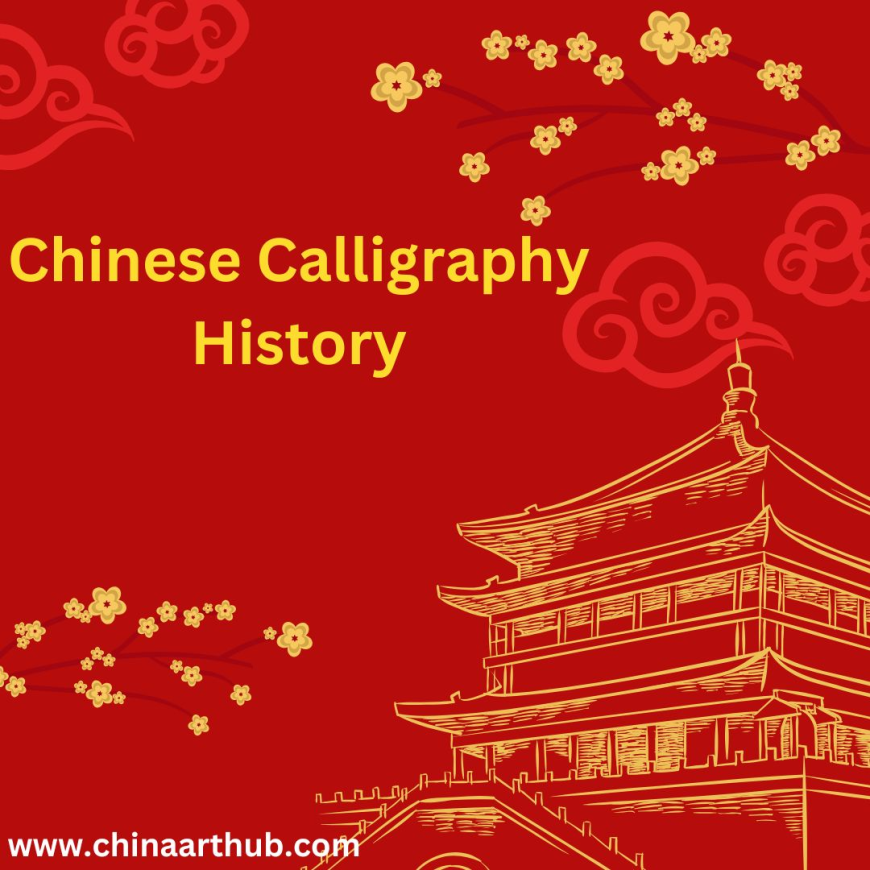How did Chinese calligraphy history shape the cultural identity of China over thousands of years?
Chinese calligraphy is more than just writing; it is an art form deeply rooted in the cultural and philosophical traditions of China.

Chinese calligraphy history is more than just writing; it is an art form deeply rooted in the cultural and philosophical traditions of China. The history of Chinese calligraphy spans thousands of years, evolving through various dynasties and influencing not just China but also East Asia. This intricate writing system reflects the artistic, political, and spiritual transformations of different eras.
Origins of Chinese Calligraphy
The earliest evidence of Chinese calligraphy dates back to ancient inscriptions on oracle bones during the Shang Dynasty (c. 1600–1046 BCE). These inscriptions were used for divination, recording royal decrees, and religious rituals. The characters inscribed on bones and turtle shells mark the earliest known form of Chinese writing, showing the deep connection between language, spirituality, and governance.
During the Zhou Dynasty (1046–256 BCE), the script evolved into the Bronze Script, used on ritual vessels. This period also saw the emergence of the Great Seal Script, a more structured form of writing. The development of writing styles during this era laid the foundation for the artistic traditions of calligraphy.
Evolution of Calligraphy Styles
1. Small Seal Script (Qin Dynasty, 221–206 BCE)
When Emperor Qin Shi Huang unified China, he standardized the writing system, leading to the Small Seal Script. This uniformity helped create a cohesive identity for the empire, strengthening communication across different regions.
2. Clerical Script (Han Dynasty, 206 BCE–220 CE)
The Han Dynasty saw the rise of Clerical Script, which was more practical and easier to write than Small Seal Script. It became widely used for official documents and everyday writing, contributing to the spread of literacy.
3. Regular Script (Wei-Jin Period, 220–589 CE)
Regular Script emerged during the Wei-Jin period and remains the most commonly used calligraphic style today. With well-defined strokes and balanced structures, it became the standard for official and literary works.
4. Running and Cursive Scripts (Tang Dynasty, 618–907 CE)
Running Script, a semi-cursive style, developed as a more fluid and expressive form of writing. Cursive Script, known for its abstract and free-flowing strokes, became popular among artists and scholars who viewed calligraphy as a medium of self-expression.
5. Song, Yuan, and Ming Dynasties (960–1644 CE)
During the Song Dynasty, calligraphy became an essential part of scholarly life, and artistic styles flourished. The Yuan and Ming periods continued this tradition, with famous calligraphers refining techniques and experimenting with new styles.
Calligraphy and Chinese Philosophy
Calligraphy is deeply intertwined with Confucianism, Daoism, and Buddhism. Confucius emphasized the importance of writing as a means of moral cultivation, while Daoist philosophy embraced the fluidity of brush strokes to reflect harmony with nature. Buddhist scriptures were often transcribed in elegant calligraphy, elevating the spiritual significance of written words.
The Role of Calligraphy in Chinese Society
Throughout Chinese calligraphy history, the art form played a crucial role in governance, education, and culture. Calligraphy was a requirement for scholars aspiring to join the imperial bureaucracy, and mastery of brush techniques symbolized intelligence and refinement. Even today, calligraphy remains a respected art form in Chinese society.
Calligraphy in the Modern Era
Despite technological advancements, calligraphy continues to hold cultural significance in China and beyond. Artists and calligraphers preserve traditional methods while incorporating contemporary elements into their work. Calligraphy remains an essential part of festivals, celebrations, and artistic exhibitions.
Final Thoughts
Chinese calligraphy history is a testament to the enduring legacy of artistic expression, philosophy, and cultural identity. From ancient oracle bone inscriptions to modern interpretations, this art form continues to shape and reflect the essence of Chinese civilization. Whether viewed as an artistic pursuit, a philosophical practice, or a medium of communication, calligraphy remains a cherished tradition that connects the past with the present.

 johncarter
johncarter 

